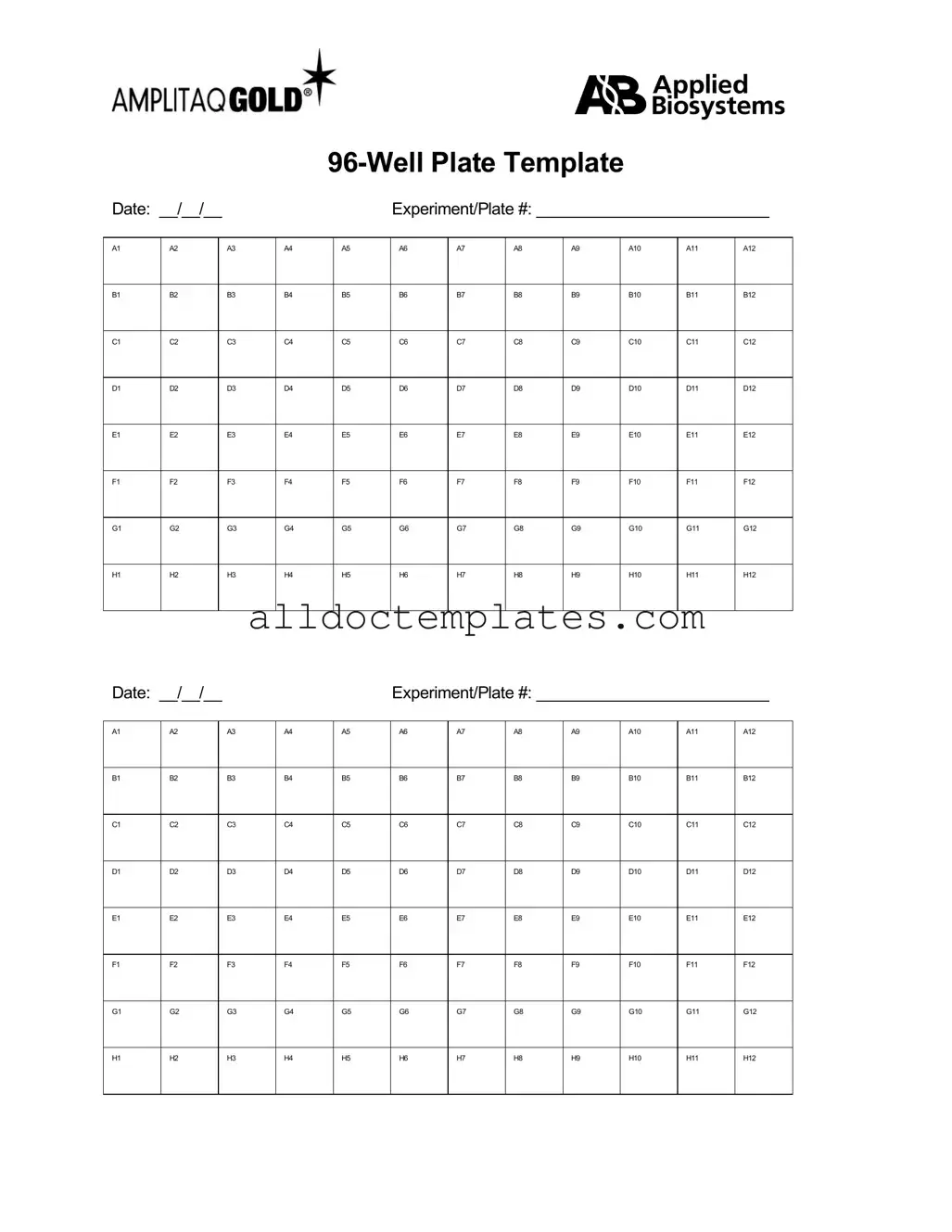Fill in a Valid 96 Well Form
The 96 Well form is a standardized tool used primarily in laboratory settings for organizing and recording data from experiments. It typically consists of 96 individual wells, allowing for multiple samples to be processed simultaneously. This form streamlines data collection and analysis, making it easier for researchers to track results efficiently.
Get Your Form Now

